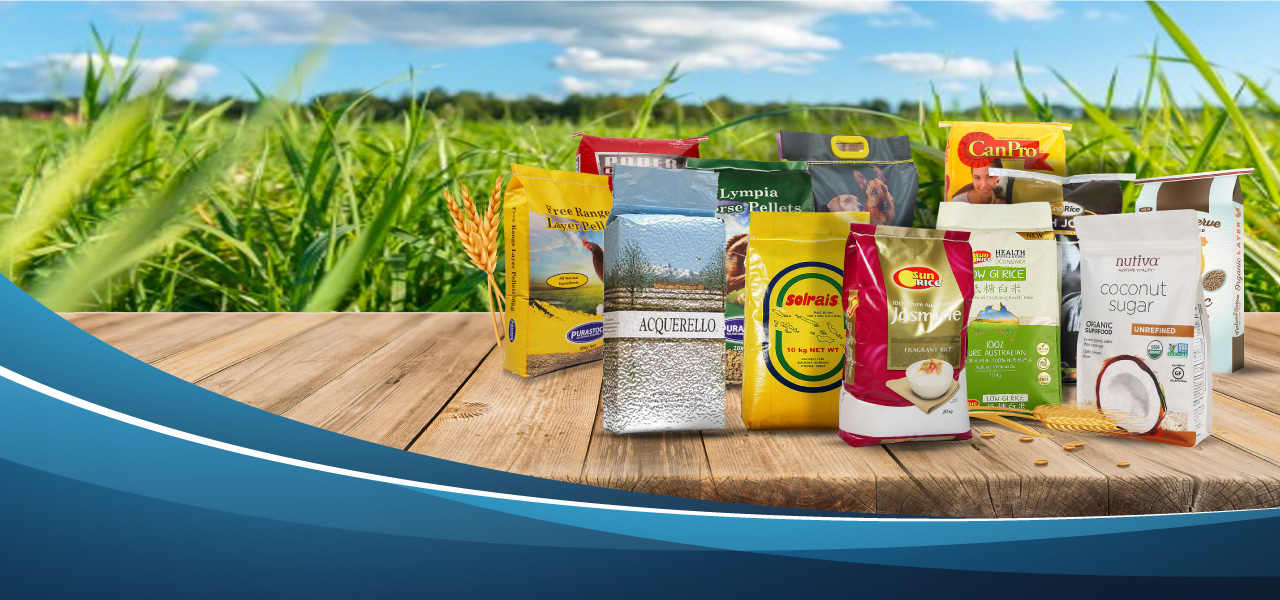The taste of coffee is so unique and intense that it needs to be sustained throughout its life from the roasting facility all the way up until you drink your cup. To do this, many different packagings have been developed by processing companies for their coffees in order to keep them fresh during transportation.
Yes, manufacturers package coffee beans to make it easier to transport them. Ensure that your cart isn’t full of loose coffee beans when going to the supermarket. And to ensure that they don’t pick up dust and dirt along the way.
Coffee beans have been packaging early adopters of flexible plastic but within this market, their preferences changed somewhat over the years. Some markets are very traditional and not keen on changing what they package in or how it looks so designers must adapt accordingly for them.
Coffee is a popular drink around the world, but what about their packaging? The design has to be eye catching in order for consumers with see how great they can taste. Innovative package designs have been created that stand out against other brands and help attract new customers by making them more original than others on sale at local stores or websites.

FOUR COMMON COFFEE BEANS BAG PACKAGING TYPES
While there is a wide range of coffee bags on the market, there are four types that each serve very different purposes.
# Stand-Up Pouches
The triangular shape of the stand-up pouch is designed to allow airflow and keep your coffee fresher for longer. With this type of bag, you can be sure that there won’t ever be any moisture build-up inside due to a sealing zipper which helps prevent spoilage! These types are very popular among small – medium-sized roasters who want high quality but also low prices.

The bottom gusset also allows the bag to stand up on the shelf and there is plenty of room for branding. A talented designer can work with this style to create an eye-catching bag.
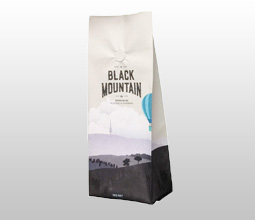
# Flat-Bottom Pouches
Its square design allows it to stand on its own, giving off an elegant and modern appearance. It’s also got side gussets that allow for more storage in fewer bags. In turn, this makes it more efficient to store and transport, and better for the environment.
The only downside to this bag is that it’s more complicated to make, so it tends to be a little pricier. Roasters need to weigh up the advantages in branding and freshness against the cost and decide if it is worth it for them.
# Side-Gusset Bags
The side-folding coffee bag is a popular choice for those who need to pack many grams, like 5 lbs. This style provides strong durability and can fit into smaller spaces while still remaining weather Resistant.
Folding up your clothes makes it easier than ever before possible when traveling with just one carry-on!
These types of bags tend to have a flat bottom, meaning they can stand on their own – when there’s coffee inside them. The empty bags can only do so if they have a folded bottom.
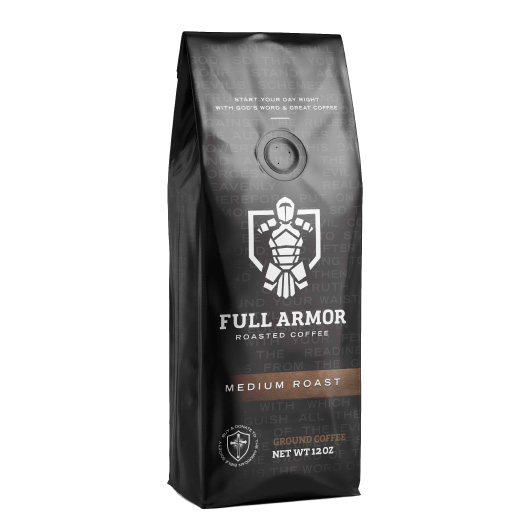
They are printable on all sides, making them easy to brand. They also tend to be less costly than other options. On the other hand, they don’t feature zippers. Usually, they are closed by rolling or folding them and using adhesive tape or a tin tie. Although they are easy to close this way, this isn’t quite as effective in keeping your coffee beans fresh compared to using a zipper would’ve been.
# Flat Pouches
These bags come in many sizes, but they are most commonly seen in single-serve packaging. If roasters want to have a small bag, like a sample for their customers, they can choose this kind of bag.
These small bags can be printed on the entire surface, offering good branding opportunities. However remember that this type of bag needs support in order to stay erect; you will need a platform or stand if your display it at an exhibition booth for example.
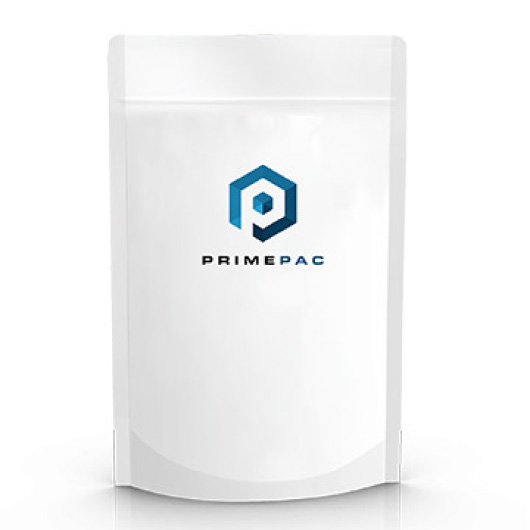
# BAG-IN-BAG (BIB)
Fractional packs of coffee can be packaged bag-in-bag into a larger package for food service or bulk sale purposes. Modern coffee packaging machines can form, fill, and seal the smaller frac packs and subsequently package those into a larger outer wrap on a single bag-in-bag machine.
Coffee beans packaging factors - Coffee freshness factors
The coffee you buy in stores and cafes are already fresh, but for shipping purposes or if your end-users will be consuming it immediately after opening the package – modified atmosphere packaging (MAP) options can help.
The most popular modified atmosphere packaging system is one-way degassing valves, which allows the natural build-up of carbon dioxide in freshly roasted coffee an escape route while not letting COFFEE FRESHNESS KILLERS like oxygen, moisture, or light inside the bag.
Other modified atmosphere packaging options include nitrogen gas flushing, which displaces oxygen in the coffee bag before filling, and the use of You can choose to use one type of MAP in your coffee bean packaging design or many, depending upon your needs. For most modern coffee packaging applications.
The coffee beans packaging process
Whether you plan on hand-filling or automating with COFFEE BEANS PACKAGING EQUIPMENT, we recommend choosing a bag style that has enough space for your scoop and equipment.
Also note that Hand-packing coffee bags is time-consuming and laborious, which leads to lower output. Automated bagging equipment can be expensive but it has many benefits such as increased accuracy with less work on your part!
Coffee packing machines have changed a lot in the last few years. Fully-automated solutions can now operate at high levels of accuracy, so you won’t have to worry about overfilling or underfilling your bags anymore! You’ll also be able to increase production rates exponentially without worrying too much if suddenly receiving large orders – just scale up as needed when things get busy around here.
The most noticeable coffee beans packaging trends:
#Sustainability
Many consumers are conscious of their purchases and the effect they have on the environment. Building trust with these consumers is done by reducing the impact the product and packaging have on the environment. And just as important, demonstrating this impact on the packaging itself! Earlier we gave the example of packaging concepts moving from aluminum to metalized PET.
#Premiumization
During the recession, convenience kept the instant market afloat. But the last few years have been good for the coffee market, and now we see instant coffee improving both the quality of its product and packaging to give sales and brand recognition a boost. For example, we see companies investing in better inks, lacquers, or varnishes.
#Marketing campaigns and their effect on packaging updates
Growing your brand can be difficult, particularly in the crowded coffee marketplace. One way brands choose to increase their market share is by offering variations on classic coffee products. We are also seeing more and more (short) branding campaigns that require frequent changes in packaging.
Coffee beans packaging convenience options:
Zippers
In comparison to other forms of packaging, zippers provide an effective barrier against staling. The zipper can be opened and reused after opening which makes them one of the most popular options among consumers who want convenience in their grocery shopping experience without sacrificing freshness or quality.
Ties or tape
Popular in the coffee industry are tin tie and tape down closures. These reclosable options can be employed either independently or together on your coffee bean packaging machine. This choice is not as airtight as a zipper but is still a popular look for stand-up coffee packaging bags.
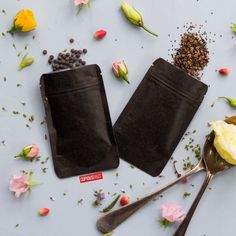
Minimal package design
Consumers are already overwhelmed with choices, visuals, and data. Make it easy for them to select your coffee with minimal use of graphics and bold, solid patterns in your coffee bag packaging design.
What else factors you need to consider about coffee beans packaging:
The Filling Process:
When it comes time for you to choose which bag will work best, consider how much space is needed and what type of opening mechanism there are. The bags with small openings may take longer than those that have wider ones because they need more attention during the filling process.
A Degassing Valve:
Sealed bags without a valve usually inflate and can even explode. A degassing valve allows the carbon dioxide that roasted coffee releases to escape the sealed bags. It’s a one-way valve: carbon dioxide goes out, but oxygen doesn’t come in. However, keep in mind that your bags need to be completely sealed for this to be effective, so make sure to invest in a good heat sealer.
A Tear Notch:
This simple addition will allow you to access your product better and more quickly.
The Supplier:
Will your supplier give you genuine advice? What will happen if there is a problem? Choose a reliable supplier, you need to know more about their qualifications, visit their website through the Internet, be sure about the product quotation, and check the feedback from other customers and the quality of the product.
Therefore, you can trust PrimePac
About PeimePac
At PrimePac, we bring together design experts and brand innovators to create fresh ideas, customized packages, and fully efficient processes.
We design creative packaging solutions that cater to a diverse global audience with the in-house knowledge and network of experienced professionals to meet the demands of every type of client.
From our dedicated sales team and warehouse staff in the UK to the experts at our production facilities in China, all of our employees are guided by four core values at the heart of our business: integrity, innovation, passion, and engagement.
Network
With our team in China and UK working as one, we reduce inefficiency so that you deal with one streamlined team from manufacturing right to delivery.
Service support team located in Guangzhou, the manufacturing hub of China, providing rapid response, and local industry knowledge. Warehouse and 3PL net work located in Sydney, to provide rapid distribution, and delivery to your customers.
